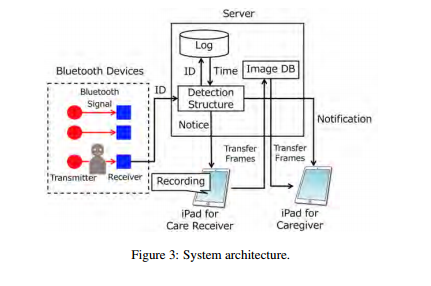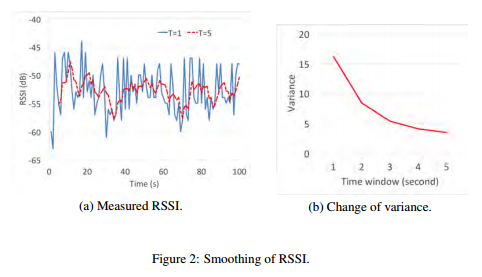There’s an innovative use of beacons mentioned in the research paper on Developing a Human Motion Detector using Bluetooth. Beacons and its Applications (PDF).
Most motion sensing applications usually place a sensor beacon on the things that will move. The accelerometer in the beacon reports movement. The research paper describes an alternative method of detecting movement of a person, an elderly person in this case, based on the change in blocking of the beacon signal over time. This has the advantage that the beacon doesn’t need to be worn. Also, it doesn’t have to be a accelerometer beacon as any beacon can be used.

The problem with using the strength of the beacon signal (RSSI), is that it varies over time even when there’s no change of blocking in the room. This is due to radio frequency (RF) noise and reflection. The authors of the paper looked into smoothing of the data to filter out such variance in the data:

The report concludes that when averaging over three or more RSSI values, it’s possible to minimise the RF variance and reliably detect the variance caused by human movement in the room.
Another, more reliable, way of detecting movement is to use a beacon with built-in PIR such as the iBS02PIR, M52-PIR, IX32 or MSP01.